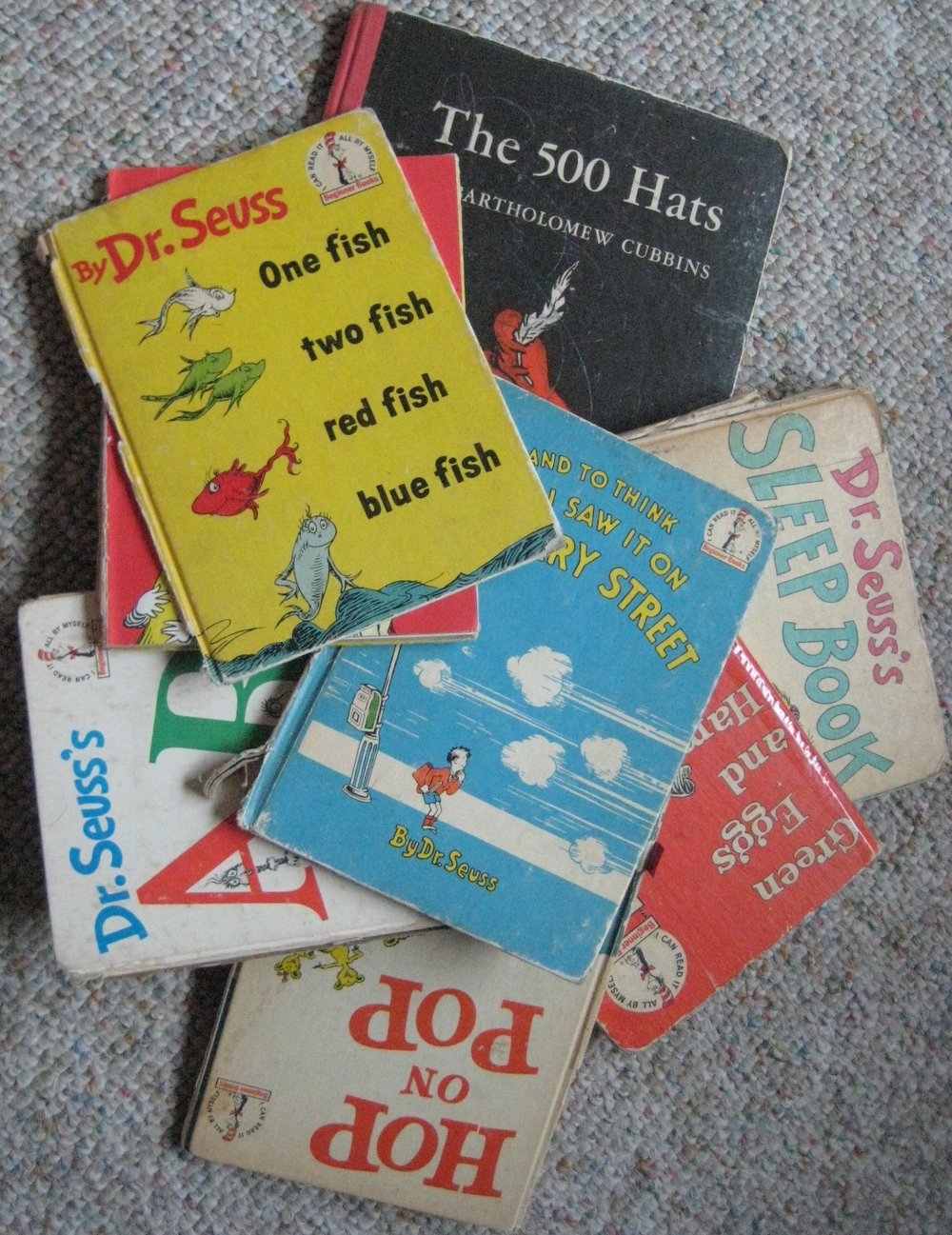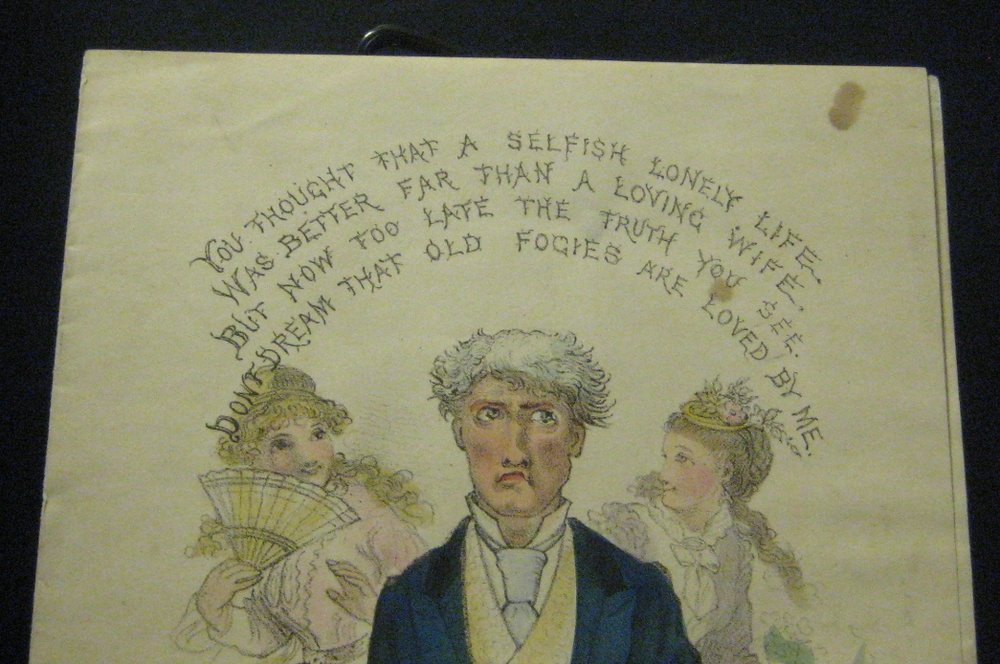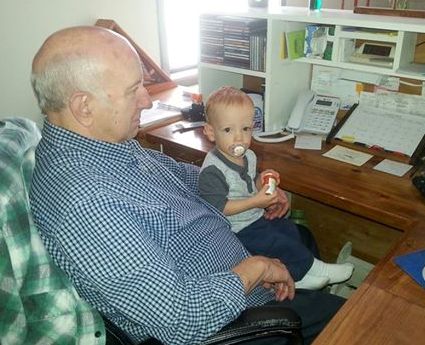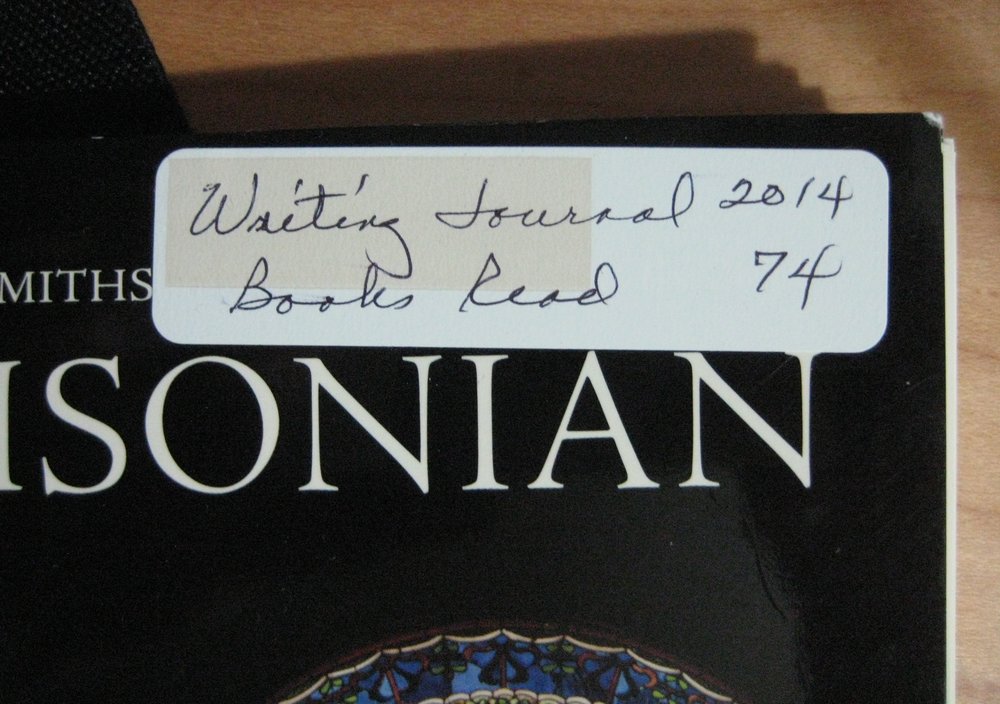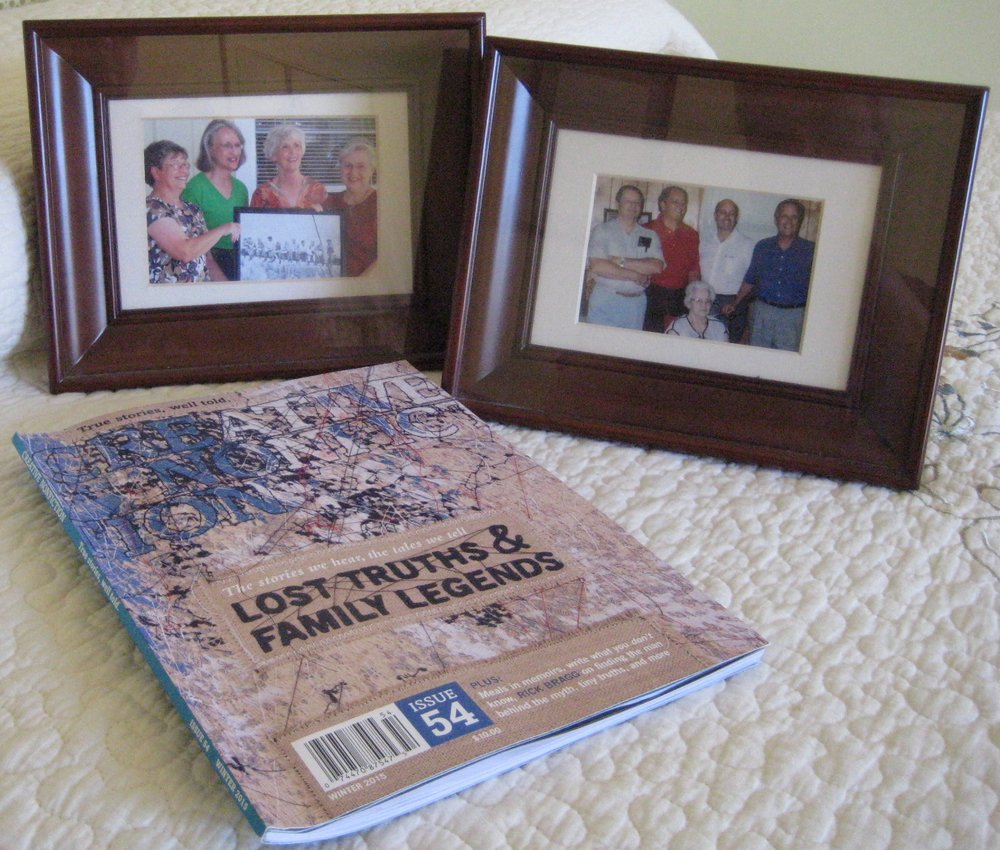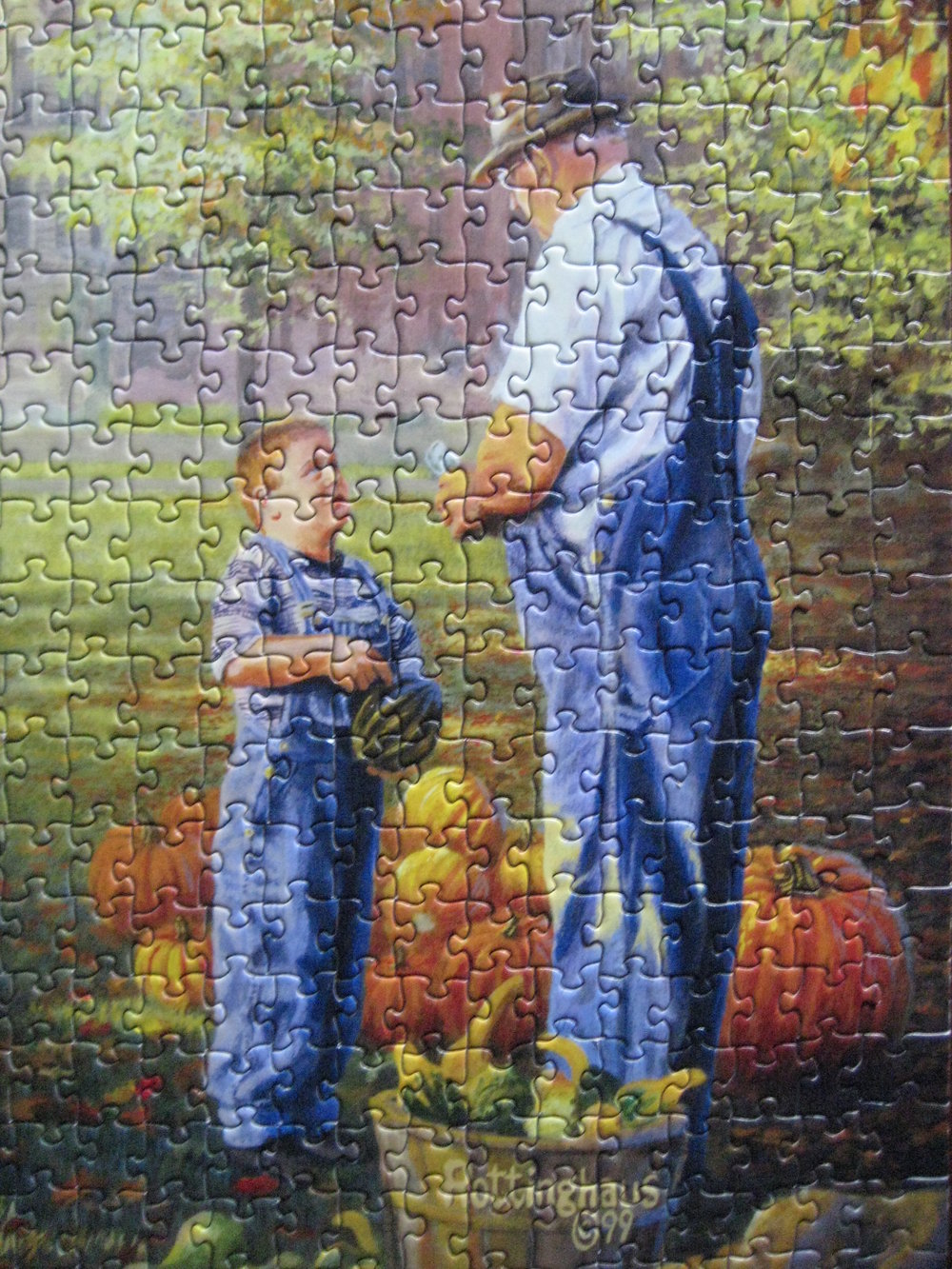 While any month is good for poetry, the powers that be have designated April to honor this form of literature. You have time to get Words with Wings by Nikki Grimes so you will be ready to celebrate.
While any month is good for poetry, the powers that be have designated April to honor this form of literature. You have time to get Words with Wings by Nikki Grimes so you will be ready to celebrate.
The world of children’s books seems to be in a welcome trend of book length poetry. You may have noticed my fascination with Margarita Engel’s novels in verse. Mastering the telling of a good story is an accomplishment. To do it with good rhythm and verse stretches my comprehension. This year both the National Book Award (Brown Girl Dreaming) and the Newbery Award (The Crossover) are done in verse.
In Words with Wings, in a similar vein to Brown Girl Dreaming, Nikki Grimes sticks with the day-dreaming aspect of her character to write a small memoir in verse. I related to each of her main characters in different ways.
Her mother dreads yet another call from the school. Why will her obviously bright daughter not stay on task and finish her work? Been there – except in my case it was a son – and wondered how I could make that son finish and turn in work he knew how to do while I was busy teaching in a different classroom.
I understood Nikki’s distraction when a word caught her attention and took her down a rabbit hole, although it usually took a phrase or sentence instead of a word to send me chasing that hare down a more interesting trail than the one the teacher was pursuing.
As I watched Mr. Spicer pick up on the real value of Nikki’s daydreams, I remembered a kid in my class sketching away in a desk at the back while I taught. I hope I was a Spicer kind of teacher who didn’t allow her students to miss the important things they needed to learn but who valued and encouraged the gifts that made them special. (My sketching student in adult life excels at his art from which he makes his living. I can only hope he remembers a thing or two that I taught.) I loved that she tells in the author’s note that she used her teacher’s real name in her book.
Nikki’s book is short but needs to be read slowly, savoring every word. I’ll give just a taste from my favorite line toward the end as her three main characters have come to terms:
. . . silver-tipped pen in hand,
swirling “Best Wishes”
across the front pages
of dozens of books
with my name printed on them.
I sign hundreds
round the clock
for a line of happy fans
that stretch a city block.
And there is Mom, beaming
right beside me.
In a happy coincidence, Nikki will speak at the Fay B. Kaigler Book Festival in April. I plan to get that “Best Wishes” and her name swirled in the front of my copy.




